Special opportunity and value
The Yen Tu - Vinh Nghiem - Con Son - Kiep Bac relic and scenic complex has been officially recognized as Vietnam's 9th World Cultural Heritage. This is also the country's second inter-provincial World Heritage, after Ha Long Bay - Cat Ba archipelago.
This heritage complex is not only outstanding in terms of architecture and landscape but also deeply associated with the formation and development of Truc Lam Zen - a Zen sect with strong national identity founded by King Tran Nhan Tong. The harmonious blend between the State, religion and people in the creation and preservation of this heritage is the reason for UNESCO to honor and affirm the special cultural stature of Vietnam.
Dong Pagoda belongs to the Yen Tu - Vinh Nghiem - Con Son, Kiep Bac scenic relic complex.
According to Associate Professor Dr. Bui Hoai Son, full-time member of the National Assembly 's Committee for Culture and Society, UNESCO's recognition of this complex is not only a source of pride, but also a reminder of the responsibility to preserve and promote heritage in a comprehensive manner. It is not enough to stop at just restoring or preserving the landscape, but requires a multi-sectoral strategic vision, considering heritage as a "living school", where culture, religion and history intersect, becoming the driving force for sustainable development.
Meanwhile, tourism experts believe that it is necessary to build a “heritage corridor” in the Northeast - Kinh Bac region, where visitors can both contemplate and learn. In the long term, it is important to train a team of cultural, tourism and religious workers who “preserve treasures” and tell heritage stories vividly.
“The UNESCO title is just the beginning. Vietnam needs to turn this heritage into a driving force, a center of Buddhist culture in Asia, on par with Kyoto (Japan), Lumbini (Nepal) or Bodh Gaya (India),” Associate Professor, Dr. Bui Hoai Son commented.
Promote and develop value
Heritage listing is not only an honor, but also a great responsibility. When Quang Ninh, Bac Ninh and Hai Phong were recognized by UNESCO as the Yen Tu - Vinh Nghiem - Con Son, Kiep Bac heritage cluster, the localities had the opportunity to promote the national image, but also faced the challenge: how to promote the value of heritage while still maintaining its originality, developing sustainable tourism without turning heritage into a place of commercialization.
Yen Tu Tower Garden (Quang Ninh)
Permanent Deputy Minister of Foreign Affairs Nguyen Minh Vu, Chairman of the Vietnam National Commission for UNESCO, emphasized: “Once a global brand has been established, it is necessary to build appropriate products from pilgrimage tours, meditation to eco-tourism, all of which must be planned according to inter-provincial space.”
Lessons from the first inter-provincial World Natural Heritage site of Ha Long Bay - Cat Ba Archipelago show the vital role of coordination mechanisms. Previously, the connection between Quang Ninh and Hai Phong encountered many obstacles due to the lack of synchronous planning. After being recognized by UNESCO (September 2023), opportunities for joint development have opened up.
Mr. Ha Pham, CEO of a tourism business, commented: "Cat Ba becomes an extension of Ha Long Bay, helping to open up development space, where localities no longer compete but link up to benefit together."
Connecting the two heritage sites not only helps increase the number of visitors but also contributes to sustainable economic development. However, issues such as benefit sharing, resource conservation and unified management are still bottlenecks that need to be resolved. Currently, Ha Long Bay has deployed 11 tourist routes, including 3 routes connecting with Lan Ha Bay. However, in the long term, there needs to be a common master plan for both bays, clearly defining the conservation and development areas, and building linked tourism products that provide diverse and quality experiences.
Associate Professor, Dr. Le Thi Thu Hien, Director of the Department of Cultural Heritage, said: “In addition to coordinating communications, building a common brand identity, applying digital technology in international guidance and promotion, the most important thing is how to connect heritage with the community. People, artisans, and monks must become beneficiaries and participate in conservation. If the community does not see itself as the subject of heritage, there can be no sustainability.”
MAI AN
Source: https://www.sggp.org.vn/di-san-van-hoa-the-gioi-tu-vinh-danh-unesco-den-chien-luoc-phat-trien-vung-post803771.html



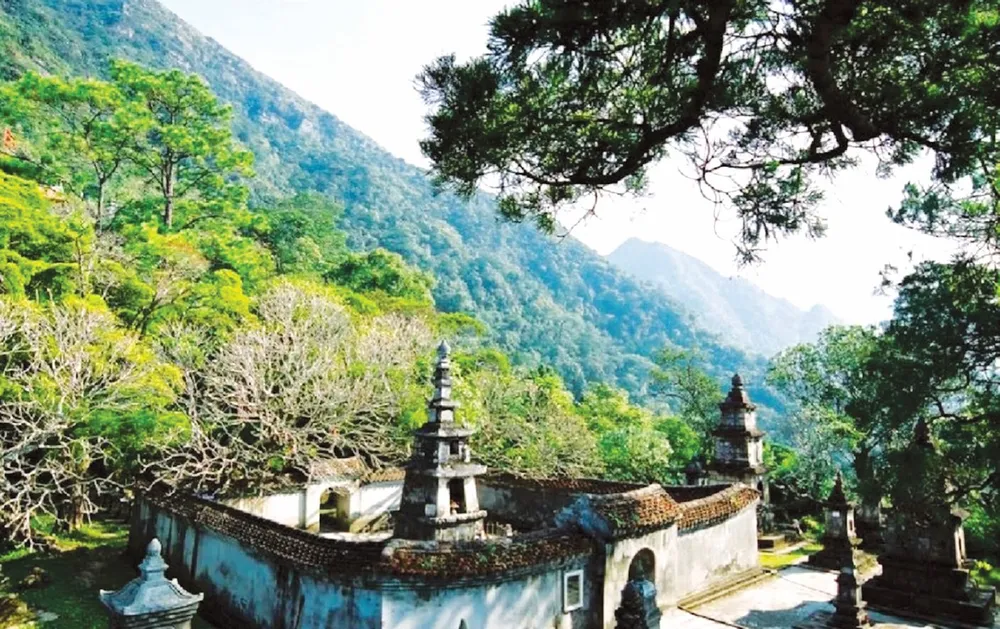

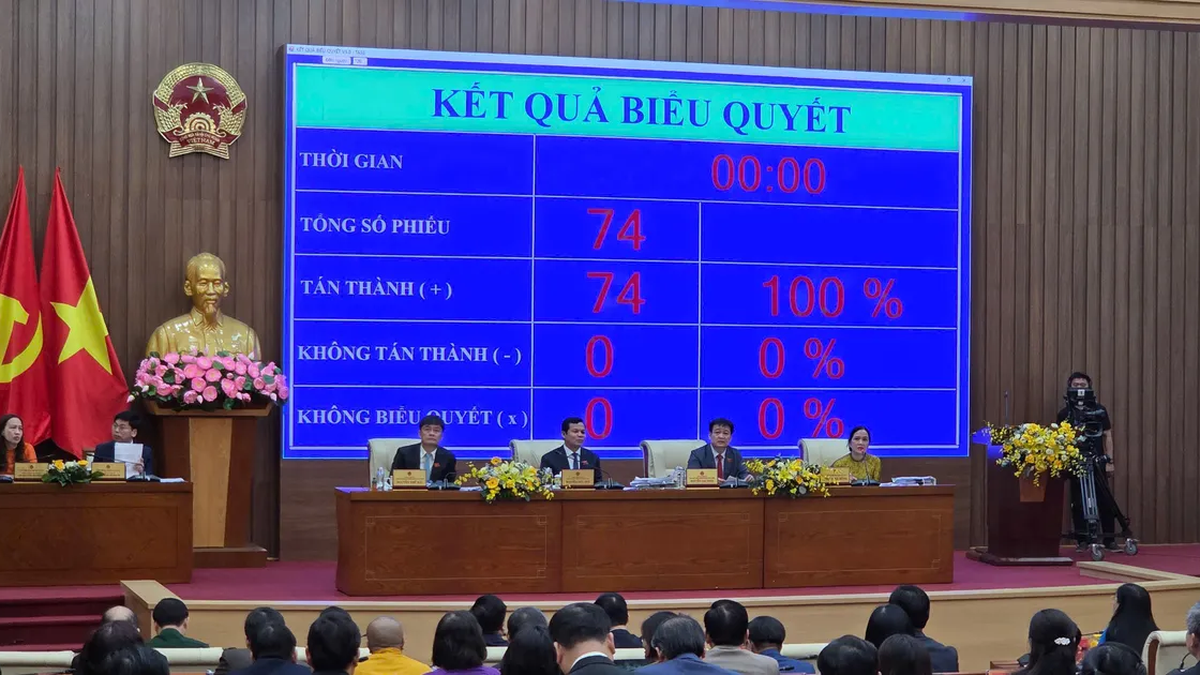


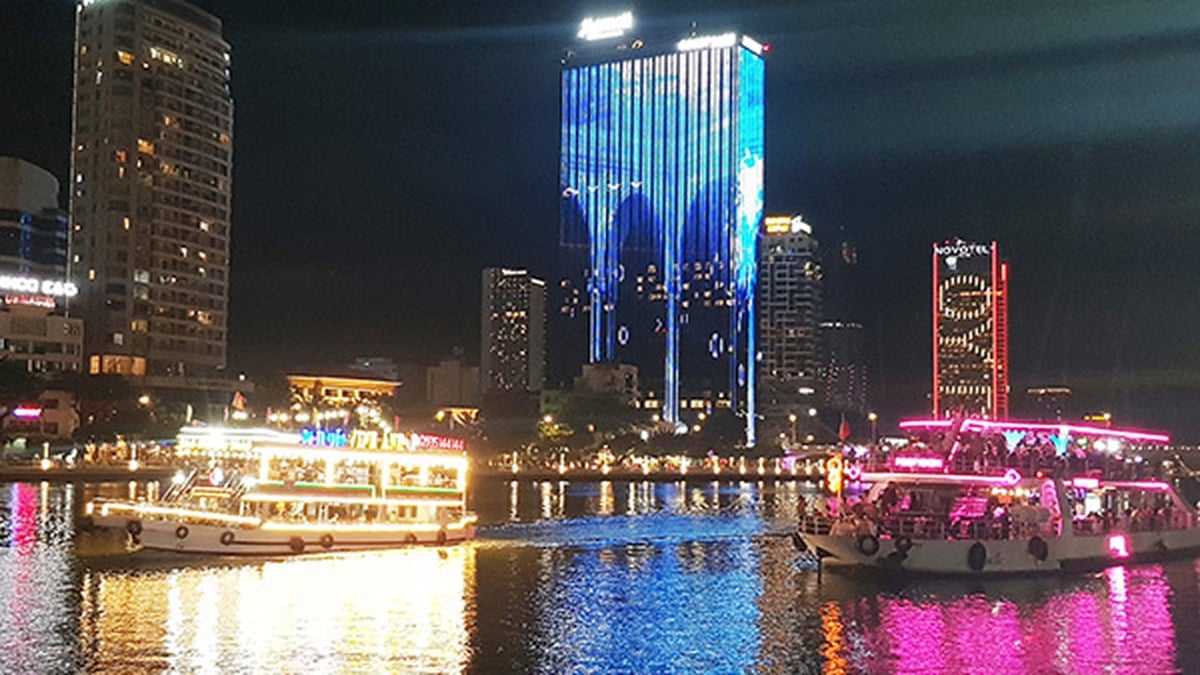

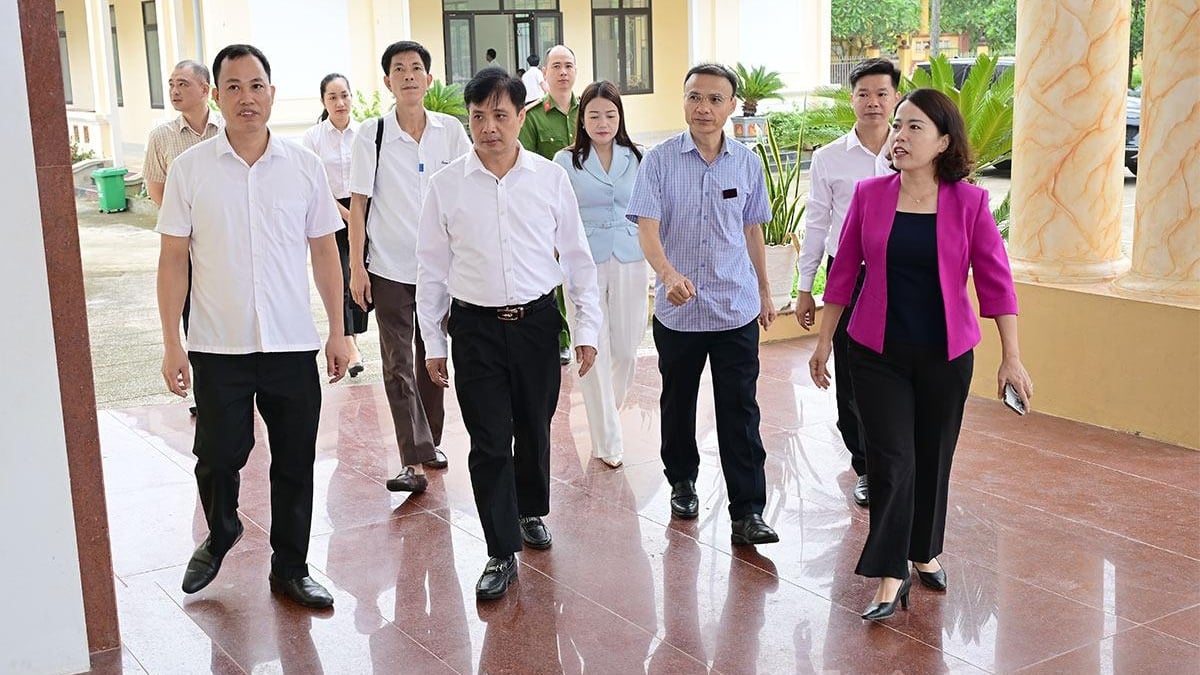
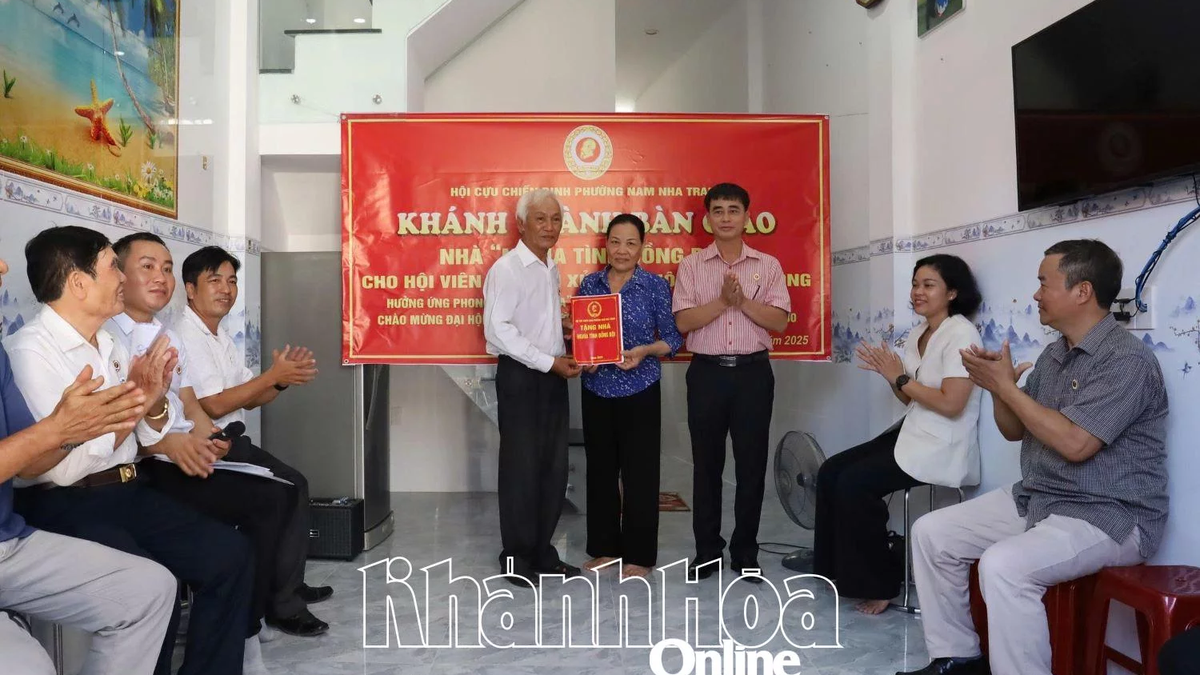

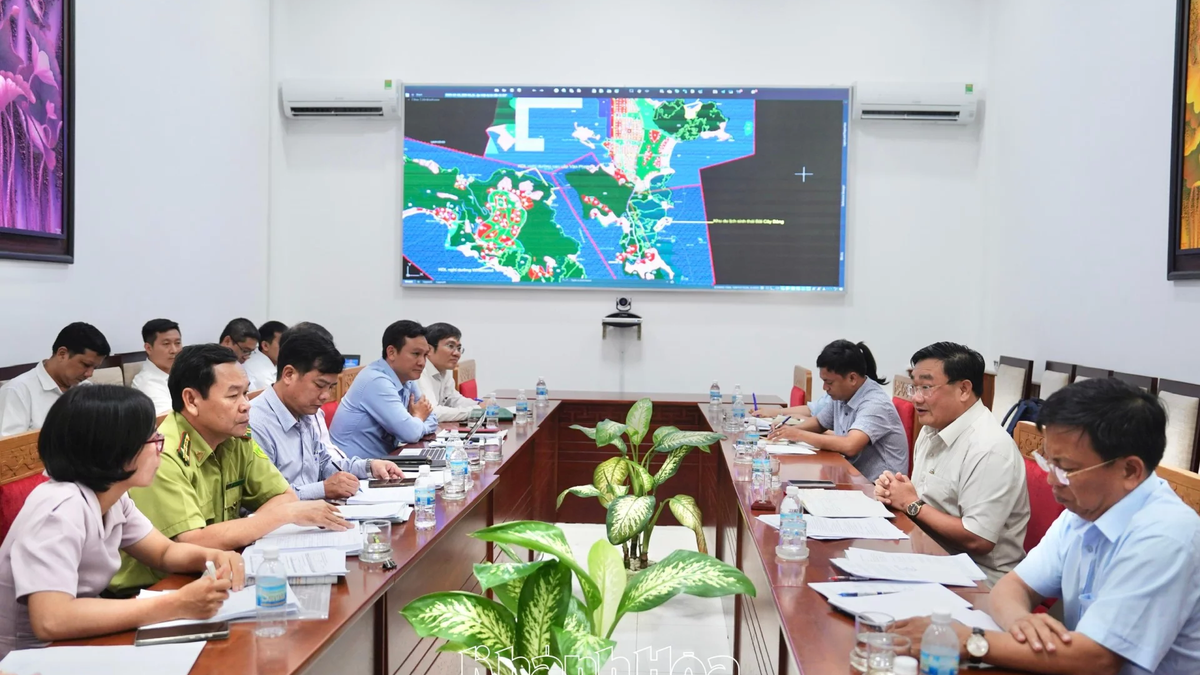




































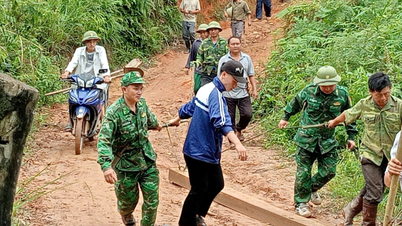
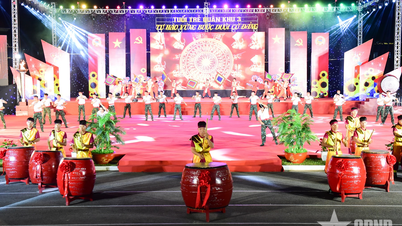








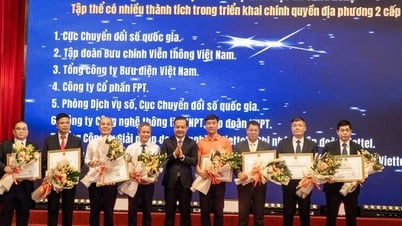













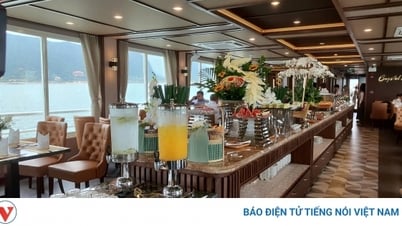
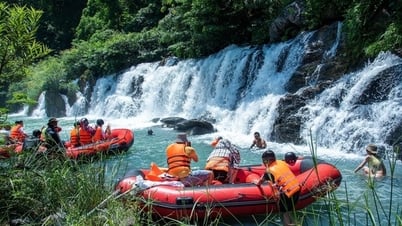
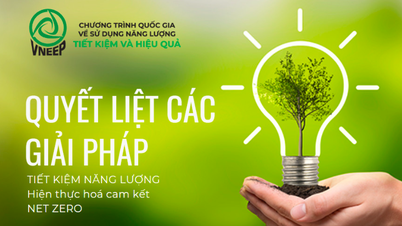

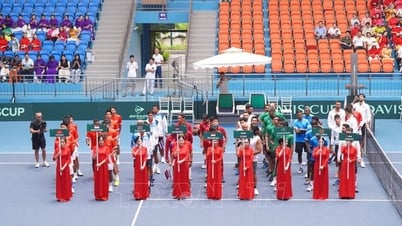














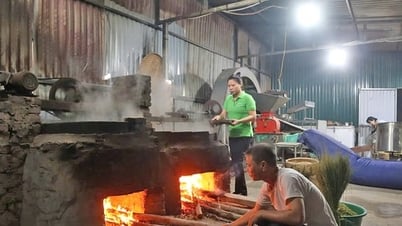






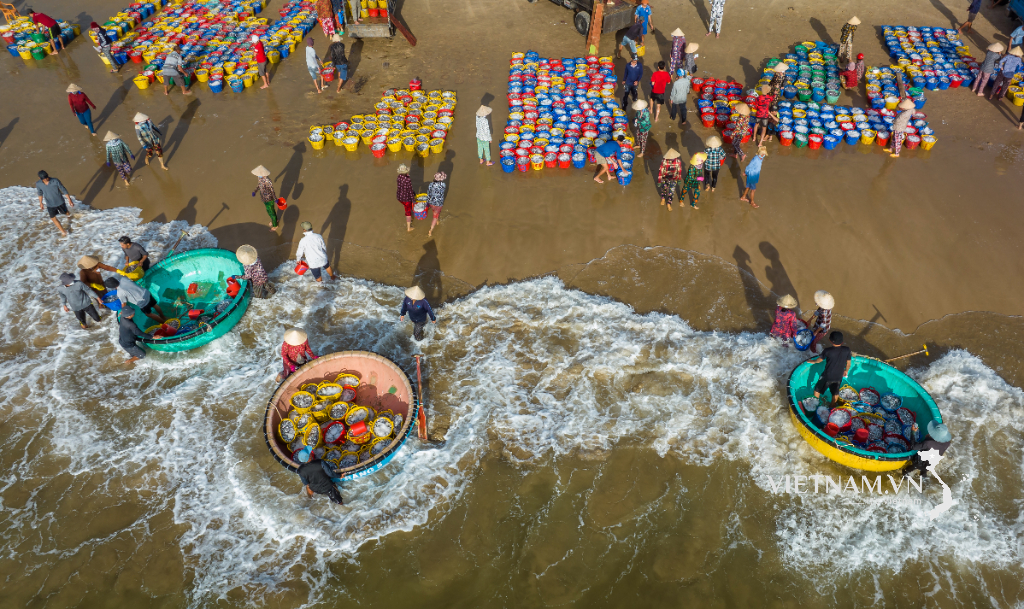

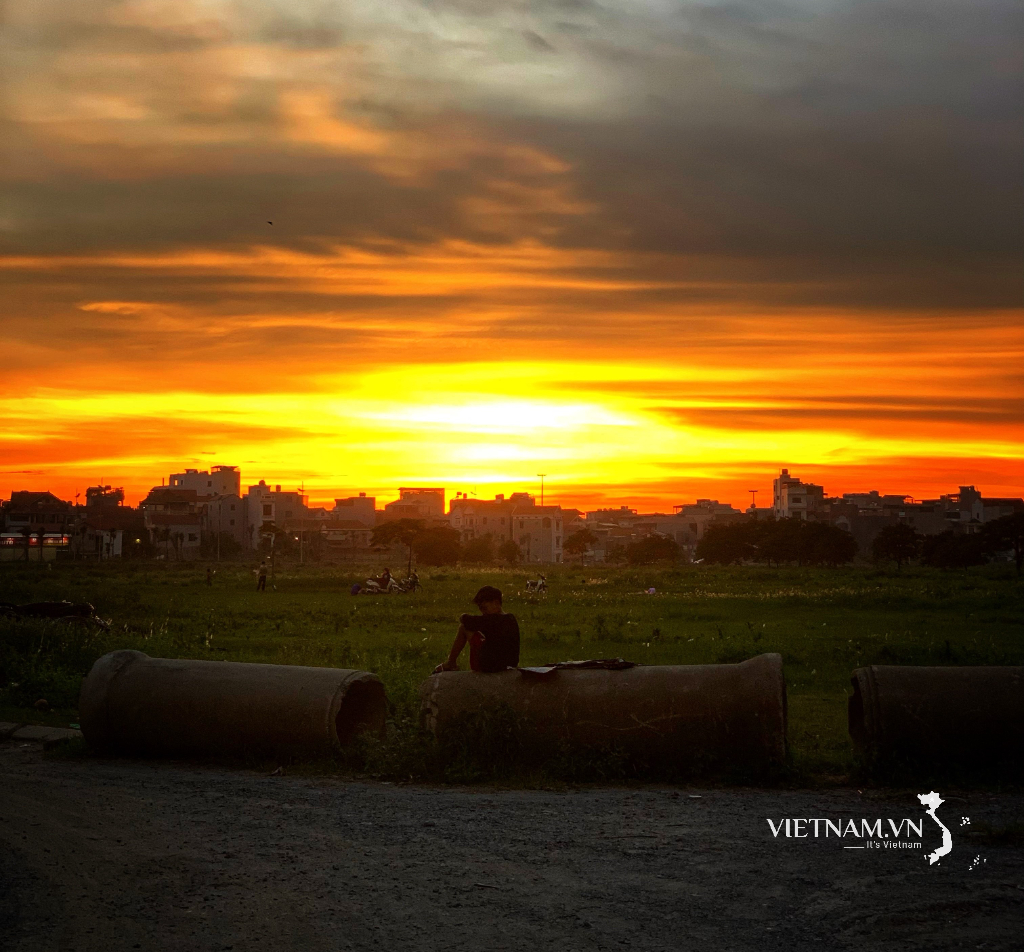

Comment (0)